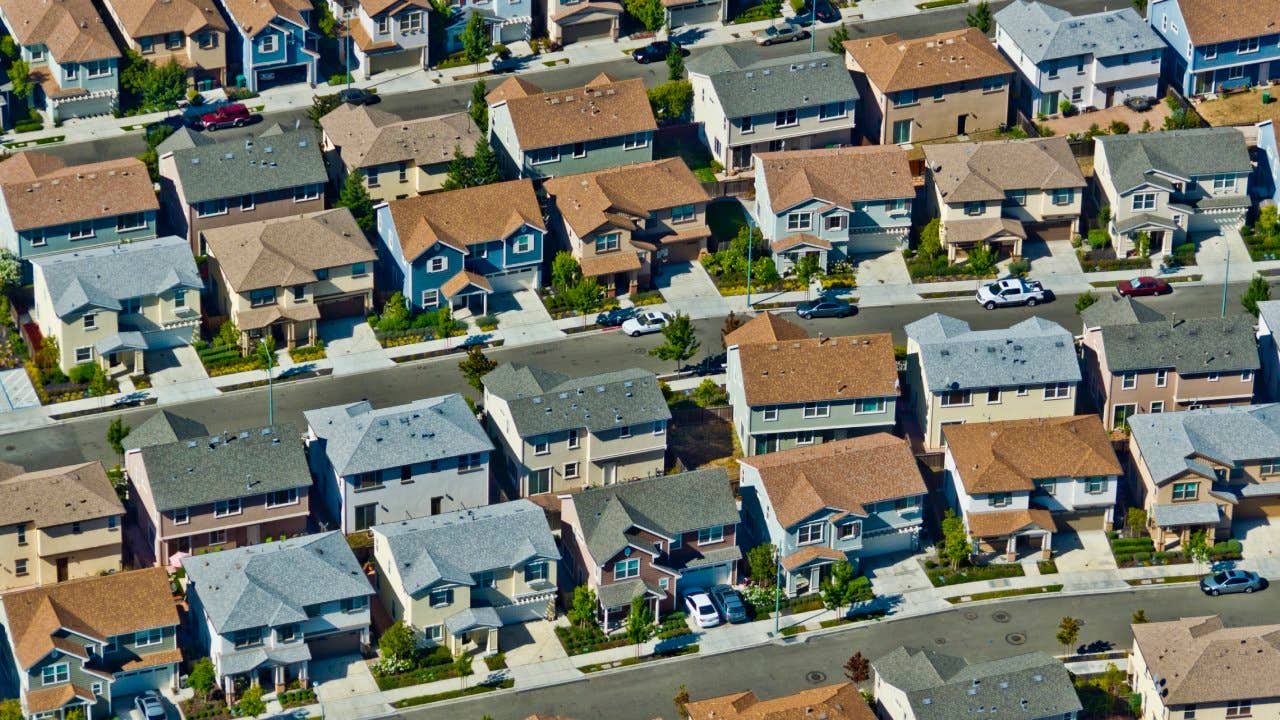In a one-two punch for buyers, home prices rise as mortgage rates soar

The Bankrate promise
At Bankrate we strive to help you make smarter financial decisions. While we adhere to strict , this post may contain references to products from our partners. Here's an explanation for .
Homebuyers are feeling an ever-tightening squeeze as mortgage rates surpass 7 percent and home prices stay stubbornly elevated, with the average monthly mortgage payment now 18 percent higher than a year ago.
First-time buyers face exceptional pressures, says Lawrence Yun, chief economist of the National Association of Realtors (NAR), as the growth in home prices outpaces income gains. Plus, homeowners who locked in rock-bottom mortgage rates two years ago are reluctant to move. The resulting lack of homes for sale means buyers, especially first-timers, can’t catch a break.
“People are just loving their low mortgage rates, and they’re not wanting to give that up,” says Yun.
How much does a mortgage cost today?
The housing market is challenging for buyers in part because there’s still a shortage of homes for sale.
“People aren’t listing, and in turn that’s affecting the inventory,” says Shant Bonosian, executive vice president at Guaranteed Rate in Waltham, Massachusetts. “It’s definitely still a frenzy. It’s very competitive.”
What’s more, because mortgage rates are significantly higher than they were a year ago, the typical homebuyer — that is, one who needs a mortgage — is harder pressed to qualify for a home loan today compared to last year.
The median existing-home price nationwide as of July 2023 was $406,700, according to the NAR. That’s up 33 percent from three years ago and 1.9 percent from a year ago.
As of early July 2023, the average 30-year fixed mortgage rate was 6.78 percent, a steep climb from 5.55 percent a year earlier, according to Bankrate’s national survey of lenders. More recently, rates surpassed 7 percent.
The result: A buyer in July took on a typical mortgage payment of $2,154 assuming a 20 percent down payment and a 30-year loan. That’s up 14 percent from a $1,823 payment in June 2022, and a whopping 94 percent from three years ago.
| 3 years ago (July 2020) | 1 year ago (July 2022) | Today (July 2023) | |
|---|---|---|---|
| Monthly payment | $1,094 | $1,823 | $2,154 |
| Median price | $305,600 | $399,200 | $406,700 |
| Mortgage rate | 3.47% | 5.55% | 6.95% |
Regional differences
Home prices vary widely across the country. In the West, the median home price in July was $610,500, according to the NAR, translating to a mortgage payment of $3,233 on a 30-year loan with 20 percent down. In the Midwest, the median home price was $304,600. Borrowing 80 percent of that amount means a monthly payment of $1,613.
| Region | Median price | Monthly payment |
|---|---|---|
| Nationwide | $406,700 | $2,154 |
| West | $610,500 | $3,233 |
| Northeast | $467,500 | $2,476 |
| South | $366,200 | $1,939 |
| Midwest | $304,600 | $1,613 |
Tips to afford a mortgage
The housing affordability crunch affects everyone, but particularly first-time buyers. If you’re hoping to move out of renting and buy a home, here are a few possible strategies to play in this challenging market:
1. Find down payment assistance
Every state offers help for eligible first-time buyers. These programs include down payment assistance and grants. Some cities and employers also offer incentives of their own. Banks and lenders, too, sometimes provide help. Explore your options with Bankrate’s guide to first-time buyer programs.
2. Dial back your goals
Your starter home might not be a meticulously maintained house or a condo in a prime location. Getting into homeownership in today’s market means making compromises about location, size or other factors on your wish list.
3. Don’t sweat the down payment too much
While we based our calculations on a 20 percent down payment, that’s not necessary. Federal Housing Administration (FHA) loans allow down payments as low as 3.5 percent. Fannie Mae and Freddie Mac allow borrowers to put down as little as 3 percent on conventional loans. Loans backed by the U.S. Department of Veterans Affairs (VA) require nothing down, though they’re only available to military service members. (A caveat: A lower down payment means a higher loan balance and, therefore, higher monthly payments.)
4. Just wait it out
Inflation is easing somewhat, and while the environment feels grim right now, mortgage rates could reverse course in the future. For some, it might make more sense to hold off on buying a home.
“First-time buyers should be careful about biting off more than can be chewed,” says Greg McBride, Bankrate’s chief financial analyst. “Home prices are high, mortgage rates are high and inventory is still fairly limited. Another year or two of career and income growth could mean that mortgage payments and the other costs of homeownership fit better into your monthly budget.”
Related Articles



Experts: Mortgage rates won’t rise much more — but also won’t go down any time soon
